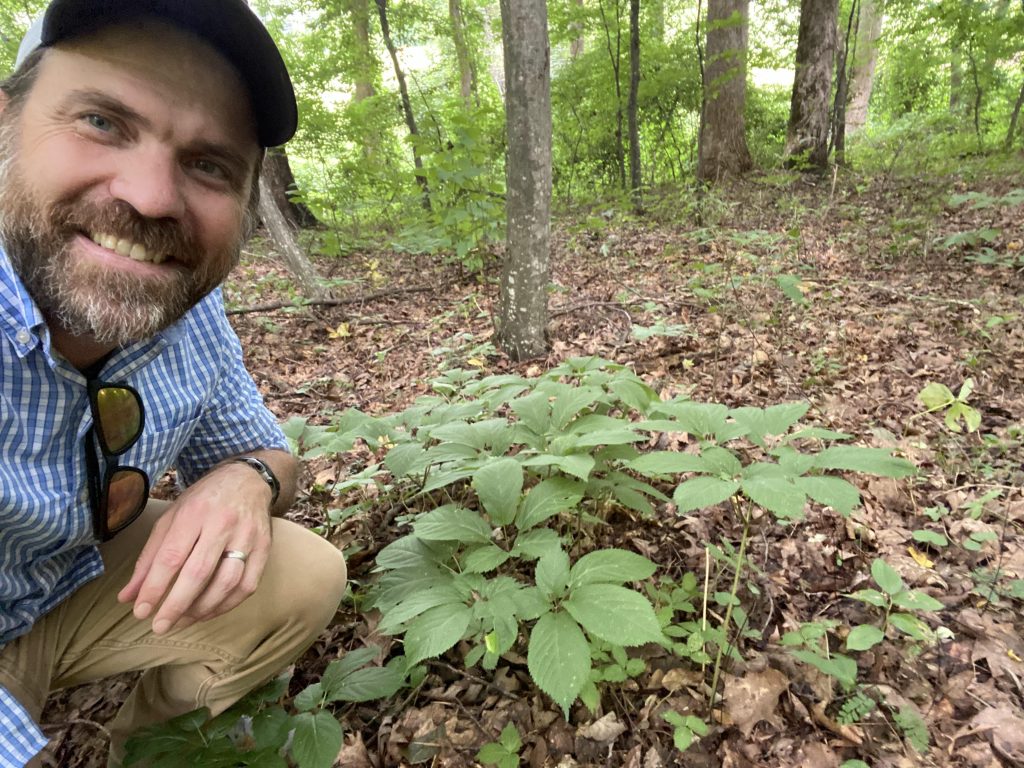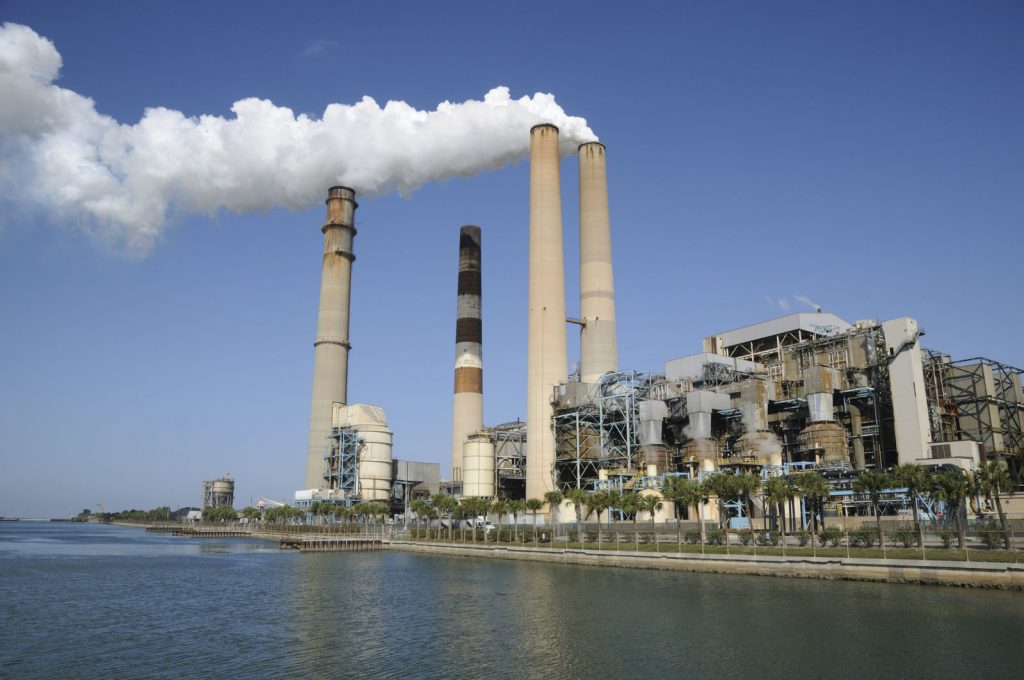Cleaning Up Coal Ash
For well over a century, power plants across the country have burned coal to generate electricity. And for just as long, leftover coal ash has been dumped in open, unlined pits near the power plant, usually located on a river or lake. Every year, U.S. power plants produce 130 million tons of coal ash, which is the second largest waste stream in the country after municipal garbage.
Coal ash concentrates the toxic heavy metals found in coal, including arsenic, mercury, lead and selenium. Stored in unlined, wet impoundments, coal ash has been leaking these toxics into our groundwater and surface waters for years. Sometimes these impoundments collapse — with disastrous results.
Yet government regulations for coal ash management are either non-existent or sparse, and there is little enforcement of the regulations that do exist. In North Carolina, this lack of oversight — and the complicity between state regulators, elected officials and Duke Energy — came to a boiling point in February 2014 when one of Duke’s coal ash impoundments spilled 39 million tons of ash into the Dan River.
Citizens living near North Carolina’s 33 coal ash impoundments — all of which have leaked — have fought for transparency from Duke and the state, and for cleanup of the pollution that threatens their property value, health and family. Their actions forced this issue into the headlines of news networks and to the forefront of environmental justice conversations in the United States.
Appalachian Voices stood with these communities as we worked for years to compel Duke Energy and the N.C. Department of Environmental Quality to excavate coal ash from all the North Carolina sites and dispose of it either in lined, dry landfills, away from waterways, or by recycling it for concrete or other uses, provided it’s done in a manner that protects public health and the environment.
On Jan. 2, 2020, North Carolina announced a historic settlement with one of the state’s most powerful corporations and polluters, Duke Energy. The settlement requires Duke to move nearly 80 million tons of toxic coal ash at six of its power plants to properly lined landfills onsite or recycle it.

Learn information about specific coal ash impoundments in the South, including health threats and safety ratings:
Additional Resources
Fact sheets, videos, links to academic research, and more
Sign Up to Act
Help us protect the health of our communities and waterways.
Latest News
Statement on the passing of Rep. Donald McEachin
FOR IMMEDIATE RELEASE Nov. 29, 2022 CONTACT Dan…
North Carolina Utilities Commission should make the right decision on Duke’s Carbon Plan
Why do legislators and those who blindly accept Duke’s promises act surprised when vague commitments around affordability result in ratepayers getting the short end of the stick? Why do they feign surprise when Duke Energy suggests missing a timeline they set for themselves? Why do they pretend to be shocked when years of advocacy and “compromise” result in a utility cherry-picking what they want, robbing Peter to pay Paul.
Bills Aim to Help Miners with Black Lung and Surviving Family Access Benefits
Miners with black lung disease face a difficult process to obtain modest benefits, as do their widows. Two bills in Congress aim to help miners with the disease and their bereaved families, including by tying benefit levels to inflation.
Fighting for Black Lung Benefits for Miners and Families
Kathryn South’s husband, Mike South, was diagnosed with black lung disease at age 35. As they grappled with his disease, the couple also navigated the arduous legal process to obtain federal black lung benefits, a fight that Kathryn continued even after Mike’s passing.
The Root that Shaped a Region
Luke Manget, author of the book “Ginseng Diggers: A History of Root and Herb Gathering in Appalachia,” discusses the complex and impactful history of ginseng and root digging.
Monitoring air quality across Appalachia
After a decade of focusing on water pollution from coal mining, Appalachian Voices’ coal impacts team is embarking on an ambitious project to monitor air pollution in communities impacted by coal mining and other fossil fuel infrastructure, and in other communities where air quality is an environmental justice concern.











